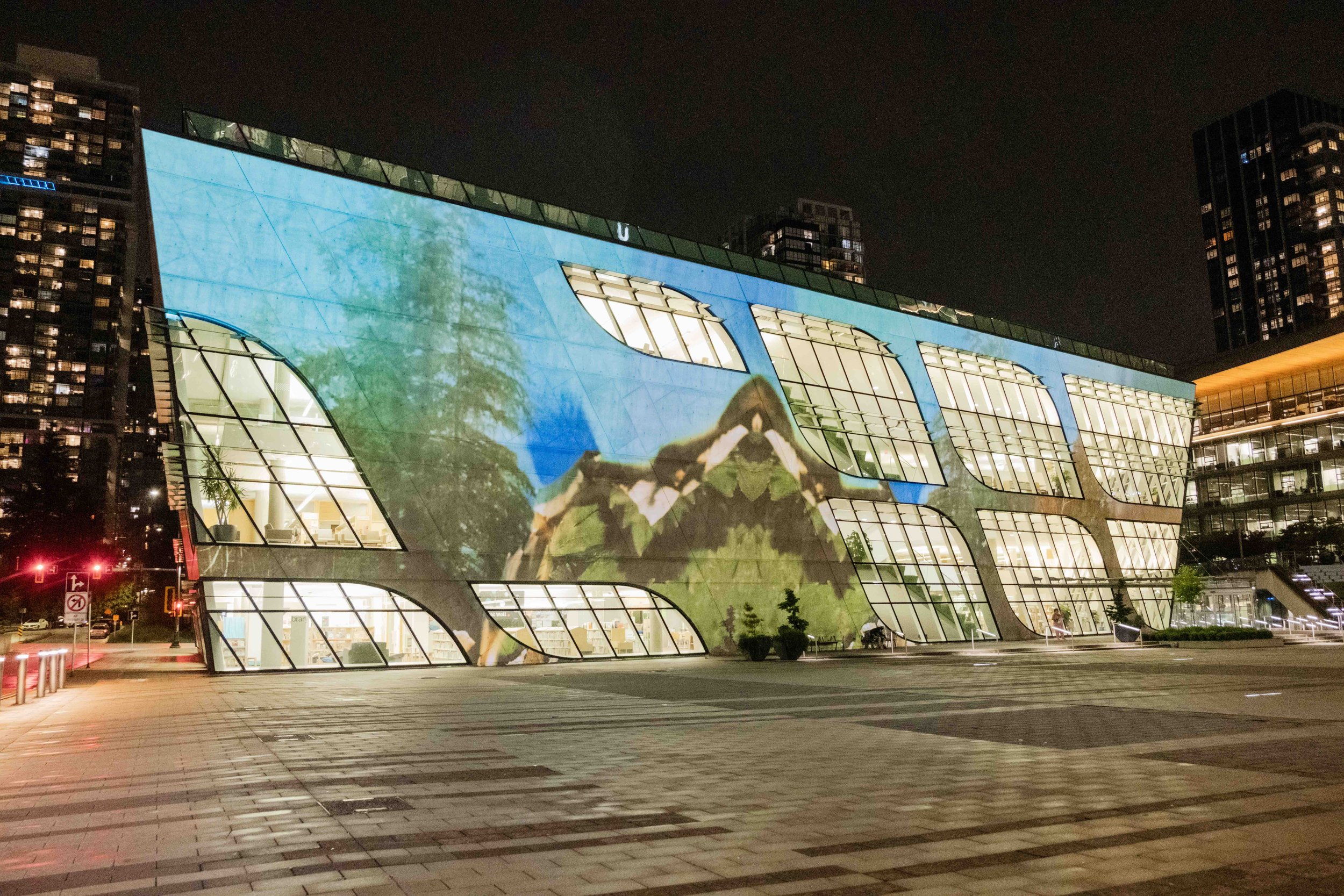Local illustrator works for Black liberation through art
Sade Alexis is participating in Hope Meets Action, an exhibition led by the B.C. Black History Awareness Society at Royal B.C. Museum
Sade Alexis, Rosemary, 2021, 14”x16”, ink and watercolour on paper.
B.C. Black History Awareness Society presents Hope Meets Action: Echoes Through the Black Continuum in partnership with the Royal B.C. Museum, where the exhibition runs to March 1, 2022.
LOCAL ILLUSTRATOR Sade Alexis has been drawing for as long as she can remember—and her drive to draw has evolved along with her lived experience as a Black person.
“I like that illustration by definition is communicating a specific idea to a viewer,” Alexis tells Stir. “Drawing and art have also always been a way for me to do something about the way I feel about Blackness. It started as a way for me to deal with the pain we experience. As I’ve grown as an artist and a Black woman, it’s been a way to cultivate my love for my Blackness and my community.”
One way Alexis is expressing that love is through Hope Meets Action: Hope Meets Action: Echoes Through the Black Continuum.
B.C. Black History Awareness Society is presenting the multimedia exhibition in partnership with Royal B.C. Museum in Victoria, where the show runs to March 1, 2022. It showcases the living history of Black British Columbians and explores Black belonging, all told by the local Black community for the first time.
The exhibition is curated by Joshua Tecumseh F. Robertson, a founding board member of the Hogan’s Alley Society, which works to redress the displacement of people of African descent and advance their social, political, economic and cultural well-being. His recent work has focused on decolonial curation of Black art in historically colonial spaces.
Brooklyn-based Rodney Hazard—a multidisciplinary artist, creative director, DJ, musician, and founder of Le Loup Studios—designed Hope Meets Action, which features visual art, photography, videos, and more. Black people are invited to participate by calling a phone number and sharing their story “of Black joy, pain, connection, culture and community”; some of the audio recordings will be played as part of the exhibition.
One of Alexis’s artworks emblazons the exhibition’s poster, an illustration called Rosemary (originally commissioned by Gordon Neighbourhood House) of the late Rosemary Brown.
Born in Kingston, Jamaica in 1930, Brown acquired a Master’s of Social Work from UBC and entered politics in 1972 as a New Democratic Party candidate, going on to become Canada's first Black female member of a provincial legislature. In 1975 she ran for leadership of the federal NDP—the first woman to run for leadership of a federal political party—with the slogan “Brown is Beautiful”. She dedicated her life to advocating for Black people and women.
“I was really excited to do this as I had been familiar with Miss Rosemary and her work for a while and had recently found out she was a friend of my dad’s,” says Alexis, a graduate of Emily Carr University of Art + Design. “I really found Miss Rosemary Brown and the work she did for Black women in this city inspiring and important, and I wanted to take this opportunity to thank her and to honour her.”
Sade Alexis.
Also in the exhibition is Alexis’s We Been Here—a depiction of important Black people from B.C., overlapping and intersecting as a means of depicting community and ongoing history.
Alexis wanted to be part of Hope Meets Action upon talking with Robertson about his goals for it.
“When he approached me to be part of this exhibition, I quickly came to see that Josh was working towards the same thing as me: Black Liberation through art,” Alexis says. “It was the first time in a very long time that I felt like I was part of the Black community—which is part of why this exhibition is so important: it allows for Black folks from B.C. to feel connected to one another, and in turn our history.
“It’s important for us to see depictions of ourselves and to learn our history from our own people, to go to an exhibition for us, by us,” she says. “This exhibition is also important because it’s disrupting the predominantly white Royal BC Museum. The museum has been historically a space dominated by white narratives, or narratives of BIPOC history as told to us by white people. By having this exhibition, we are forcing ourselves into this space, not to fit within it but to tear it down and build anew.”
For more information, see BC Black History Awareness Society.














